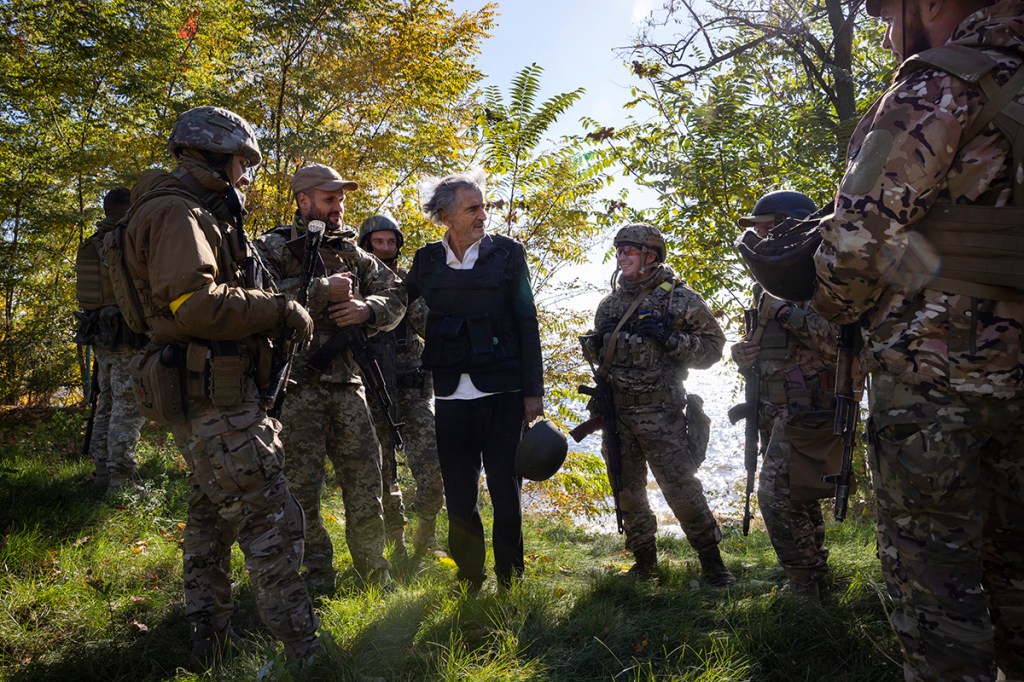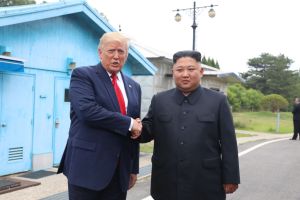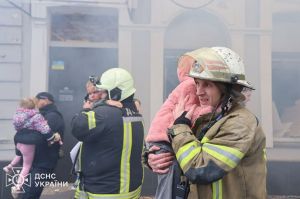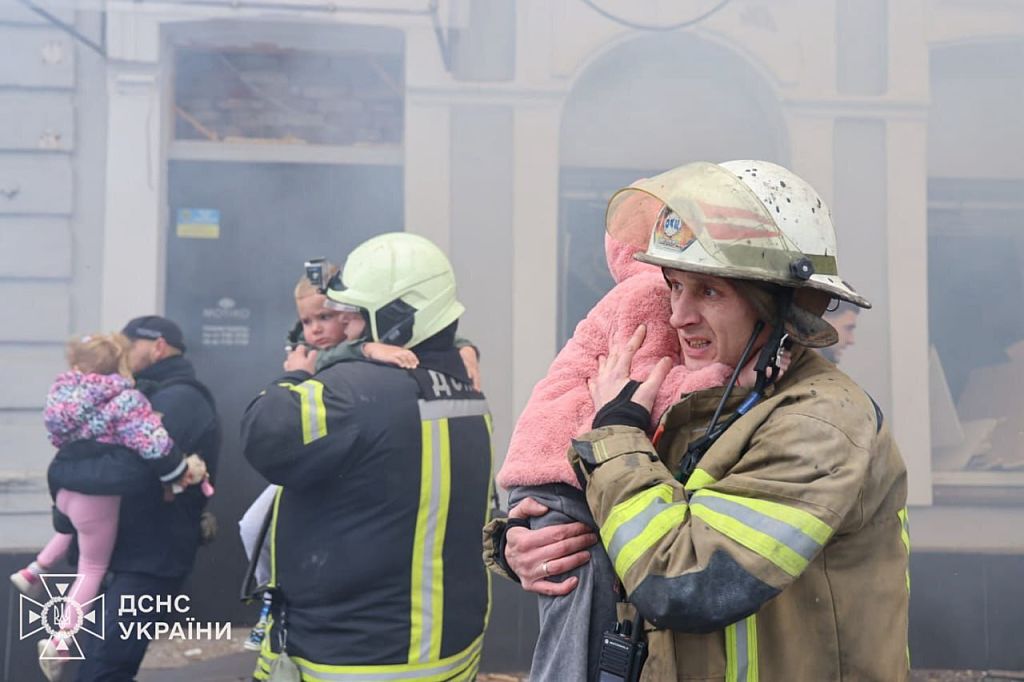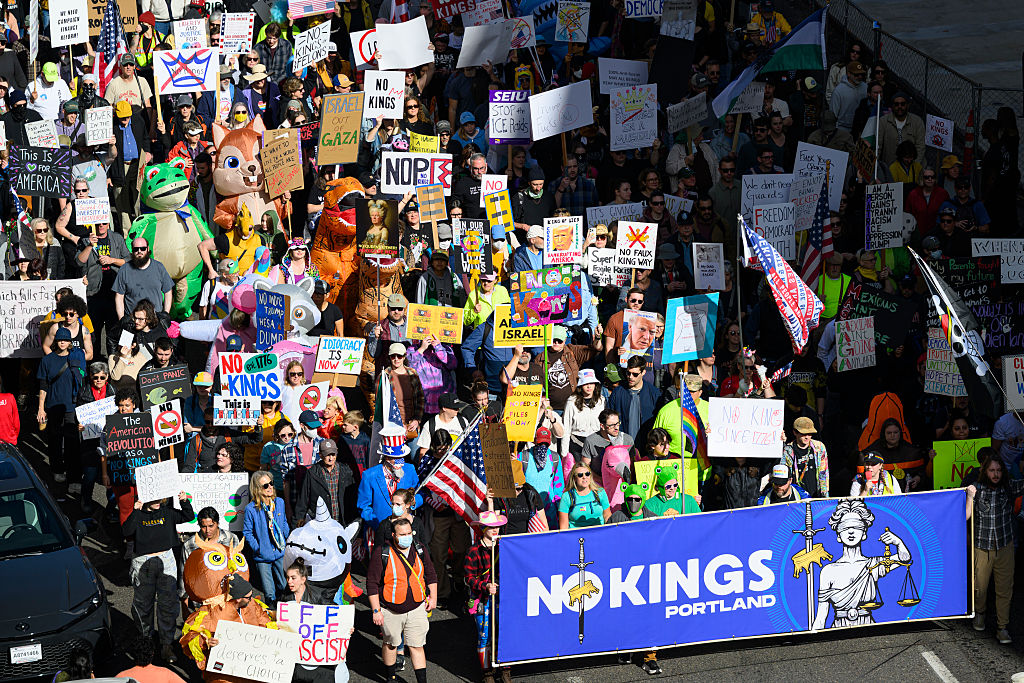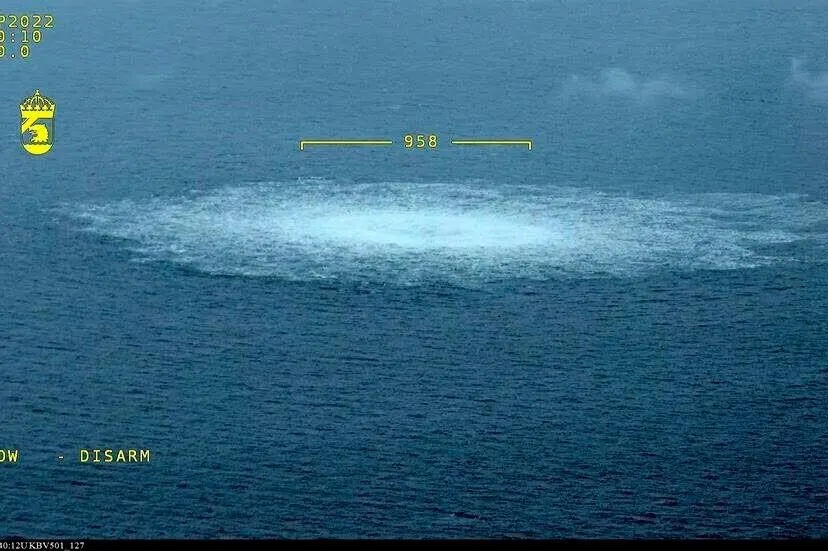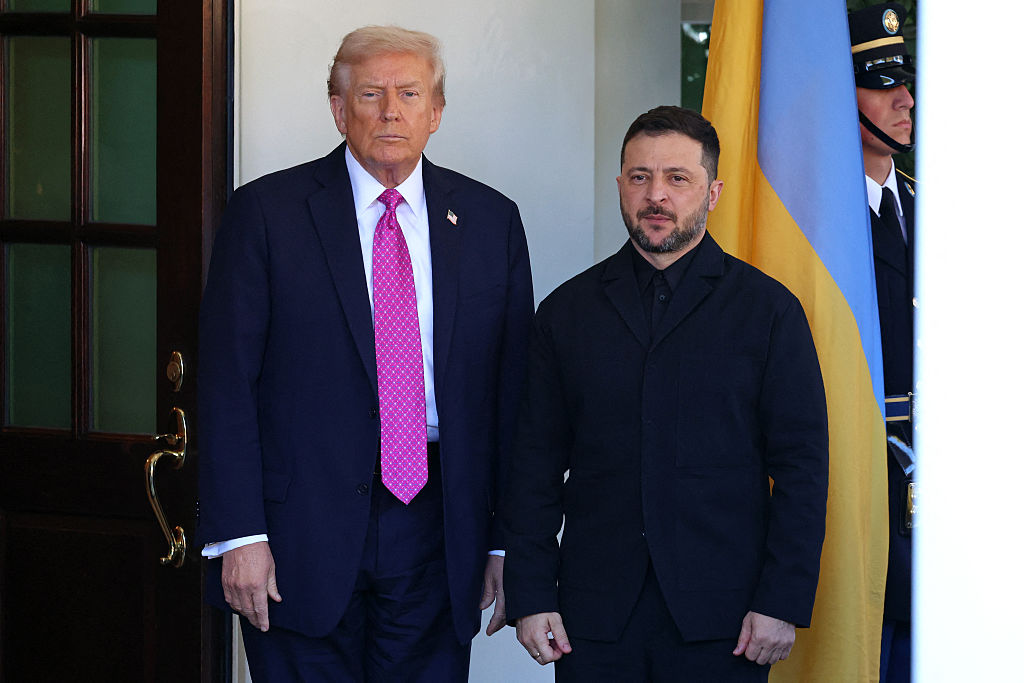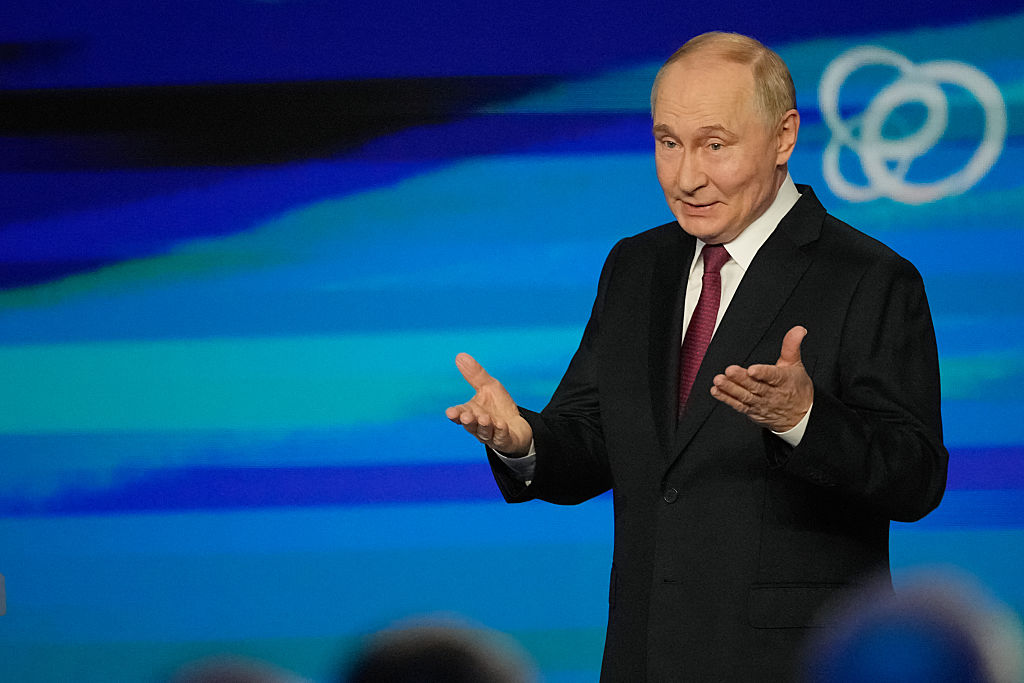We are north of the Kherson pocket, where the Russian occupiers are surrounded by the Ukrainian army. All morning we’ve been accompanying a patrol on the outskirts of Dudchany. Suddenly, during a break, an alert sounds. Is it a Russian counteroffensive? Russian collaborators entering a hamlet? We get back in the pickups and drive over ground where the vegetation is sparse and dry. We circle the target. The members of the patrol push one by one on the half-open doors of abandoned houses, their green and blue paint chipped. No hostiles. Just two Russian deserters who had wanted to reach the “I want to live” hotline set up by the Ukrainian government to encourage surrender but who didn’t have a phone. Their faces are exhausted and miserable, their tall bodies unfed and shivering despite the mildness of the extended summer. The Ukrainians respect the laws of war. No photos.
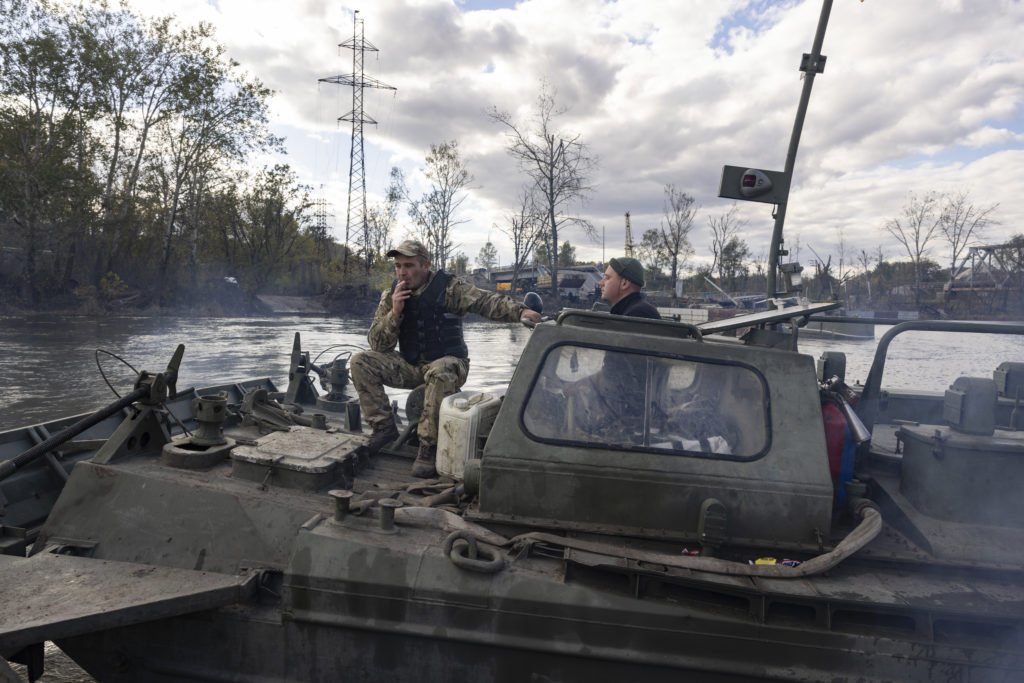
This is a war of bridges. But confronted with a blown bridge, the Ukrainians are once again more mobile, inventive, and responsive than their enemy. By what technical feat did the engineer succeed in bringing up the Donets, which at this point is a body of water lost in the forest, a steel barge capable of supporting the weight of a tank? What latter-day General Eblé, Napoleon’s bridge wizard in the Russia campaign, conceived the idea of using river boats that, by attaching themselves like suction cups to the hull, push the barge from one bank to the other like an endless waterwheel? Our escorts loosen up a little, taking selfies against the background of puffy gray clouds. This victorious crossing, no longer overshadowed by the distant booming of artillery, brings them close to joy. They know that on the other side, after moving a few kilometers through a woods of shattered trees, they will enter liberated Lyman. The crew grow reflective.
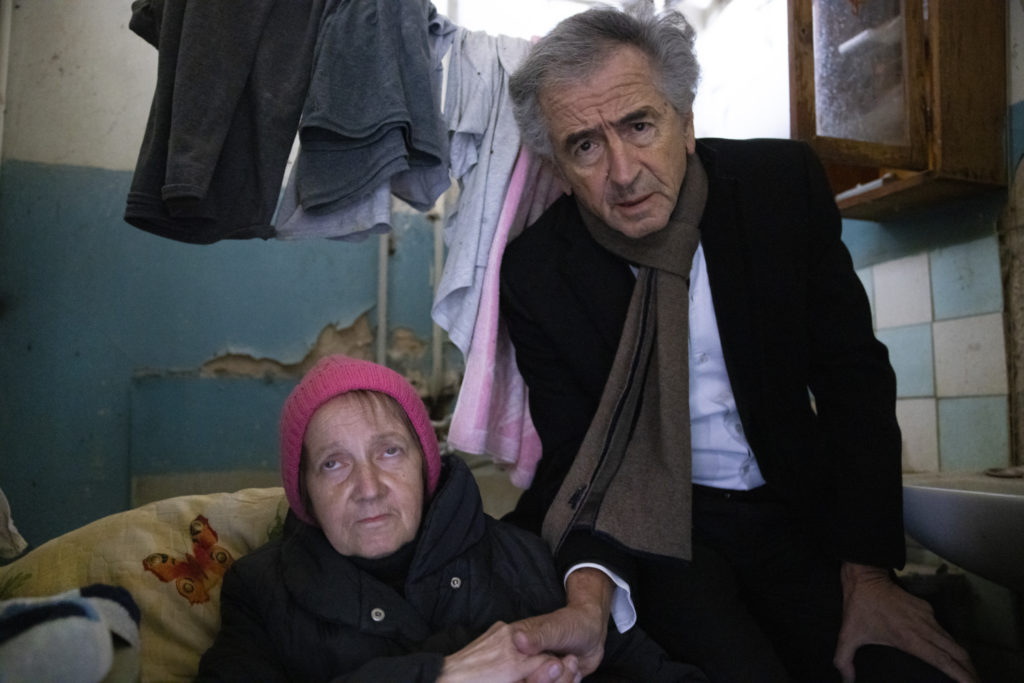
Iranian missiles and drones are fewer than earlier in the week. And most of them are being intercepted. Even so… That woman… Her apartment — and the rest of her floor — was blasted apart by a missile, leaving only the tiny, frozen bathroom hanging in the void. There she has arranged a few of her effects, a small stove, a mattress in the bathtub… Where can she go? The shelter in the basement is blocked off by a pile of rubble. Why bother going down to the street, that no longer hums with the reassuring sounds of life? To look for water, perhaps. To wash. To replenish her supply of bread. At the moment, abandoned by all, bundled in her down jacket and winter hat, she seems petrified. Soon she will light a candle. Her gaze unmoving, she appears to be praying. She waits.
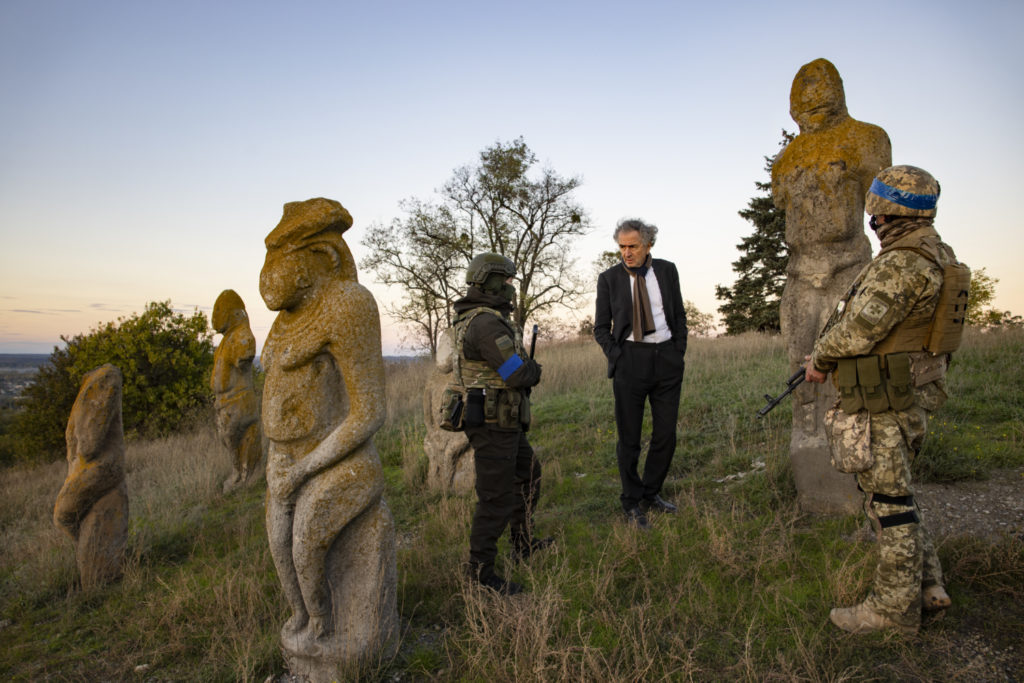
Crimes perpetrated against statues seem to have escaped notice. Those mysterious stone figures that stand watch at the entrance to Izium, high on Mount Kremenets, are more than a national treasure. Depicting Polovtsian Babas, idols akin to nomadic Amazons who fought a thousand years ago against the early Rus settlers, they have been, since the time of the tsars, the target of Russia’s quest to annihilate the Ukrainian past. Putin’s gunners did not destroy one and damage others inadvertently. Nor was it by happenstance that our team members, after leading us deep into the woods where 440 civilians had been hastily buried, came back to spend a moment among these sacred figures. The statues know all. The statues have seen it all. Izium is the Bucha of the east — but it is also one of the places where the historic heart of Ukraine beats.
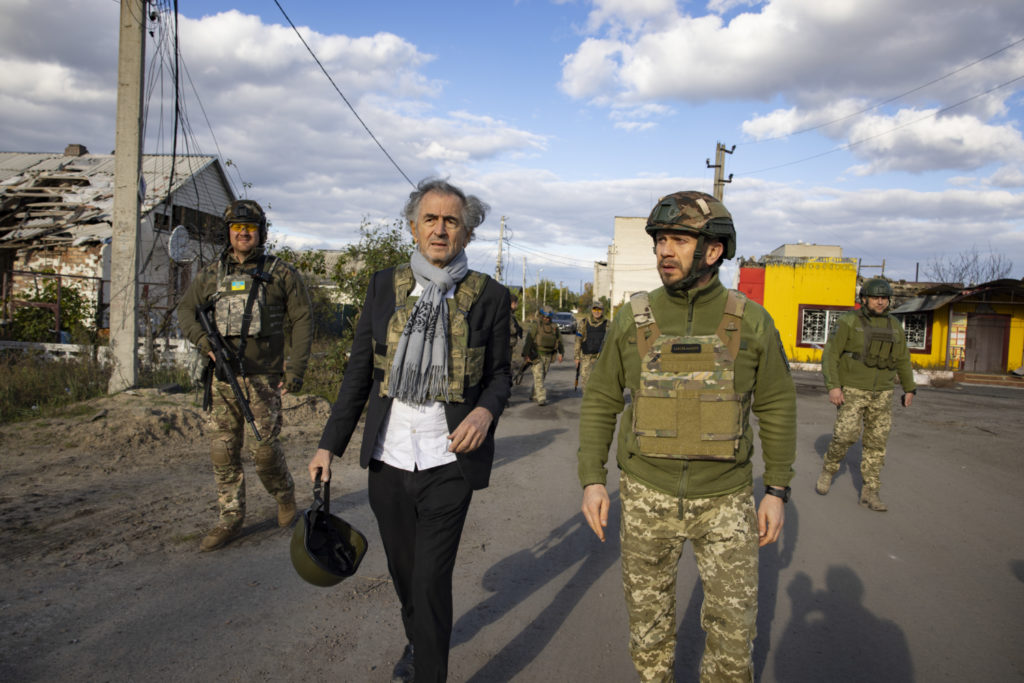
The Carpathian Sich Battalion, resting after Lyman, is a gray area, a mix of Foreign Legion, International Brigade, and elite unit of the Ukrainian national army. In it one finds tattooed South Americans. Anglo-Saxons in bandanas. Frenchmen from poor urban neighborhoods. Central Europeans built like bikers and fond of heavy metal. And more that I’m forgetting. Because in this wire-mesh Tower of Babel are men of thirty-two nationalities. Not all of them are forthcoming about their backgrounds. Most use an alias, generally the name of the place where they distinguished themselves. This evening, these hotheads don’t really want to talk about anything except the reasons behind their enlistment (the defense of a Ukraine threatened with genocide) and the bad reputation they can’t seem to shake, a fact that infuriates them (“After 2015,” I’m told by their commander, a former Rolls-Royce engineer in London, “we broke all our ties with the ultra-right Svoboda party.”) Today is the feast of the Cossacks. Their flag hangs on the building that will serve as their barracks until the next advance.
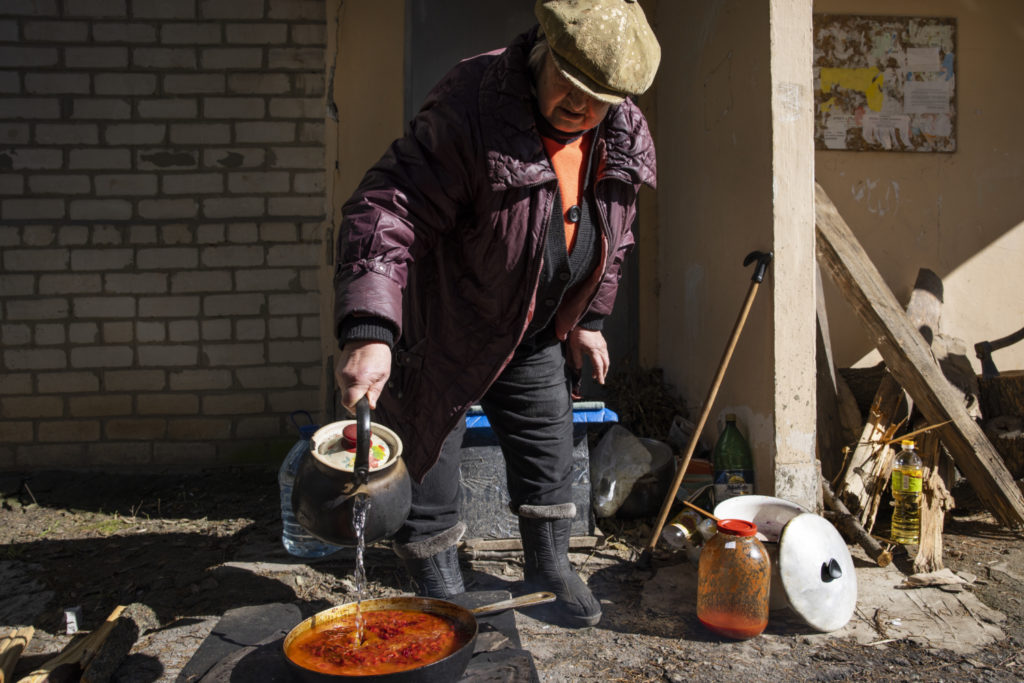
Kupiansk, 120 kilometers east of Kharkiv, deep in Donbas, has just been liberated. Fierce fighting. An empty city. Avenues too wide for a town that, before the war, had no more than 25,000 residents, a town rendered even more ghostly by the wanton destruction wrought by the retreating Russians. And, occasionally, a babushka who, like Ivana here, is seeing the light of day this morning after spending seven months in hiding underground. No gas. No electricity. Just the wood that her husband is splitting into logs. And a bag of tomatoes that she is cooking up on the sidewalk, seasoned with beet kvass. She teaches us how to tell Ukrainian borscht from the Russian version. She stays busy. She applies herself to her task. But she has the vacant look of someone who no longer cares if she lives or dies.
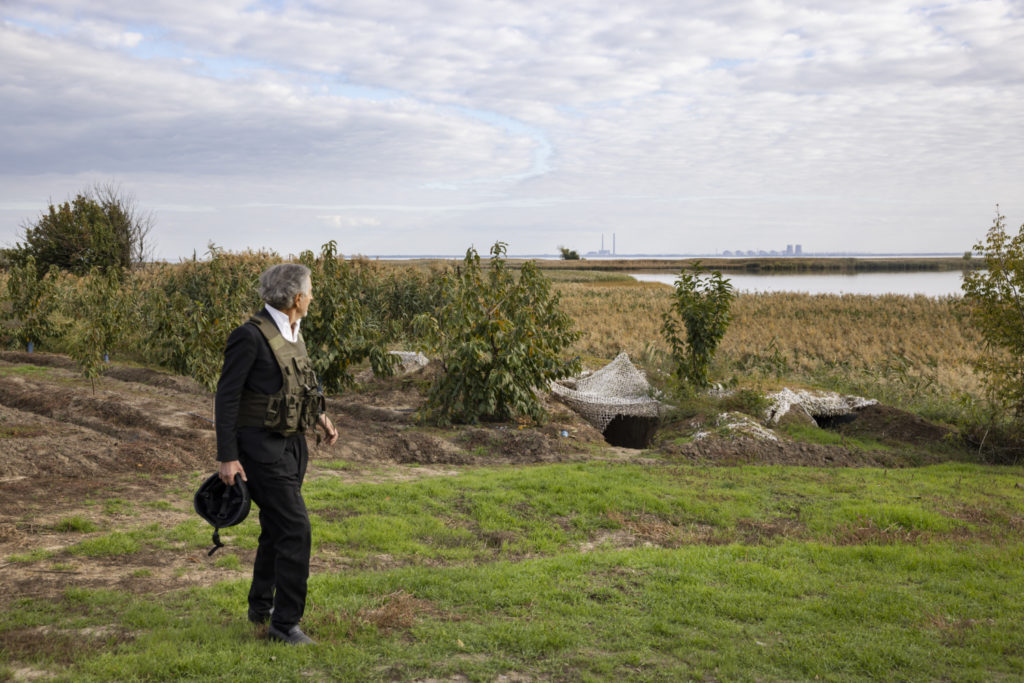
Zaporizhzhia nuclear plant is directly ahead of us, the domes that cover its reactors touching the sky. The Russians are here, too, but on the opposite bank of the Dniepr, visible through binoculars, as I suppose we are to them. Under the trees on this side of the river, a section of those “border controls” that certainly would not prevent us from gaining access to areas theoretically off limits. Shelters. A bunker covered with earth. A short-range gun to prevent a landing. I look around. I ask questions. Along the ten kilometers of this front line where the least spark could produce a new Chernobyl, there is not the faintest sign of a weapon capable of threatening the other shore, Russian propaganda notwithstanding. Sure of itself and the nobility of its struggle, Ukraine is getting closer to victory, conserving its strength and moving at its own pace.
This article was originally published in The Spectator’s December 2022 World edition.



